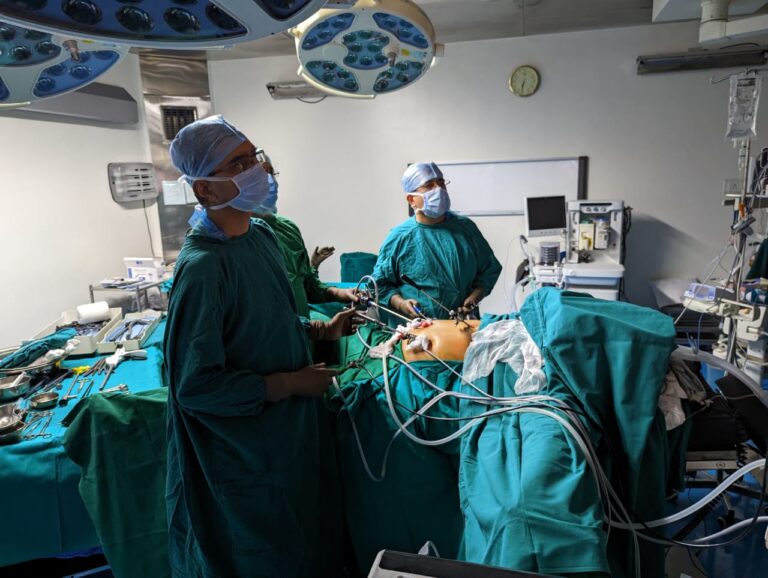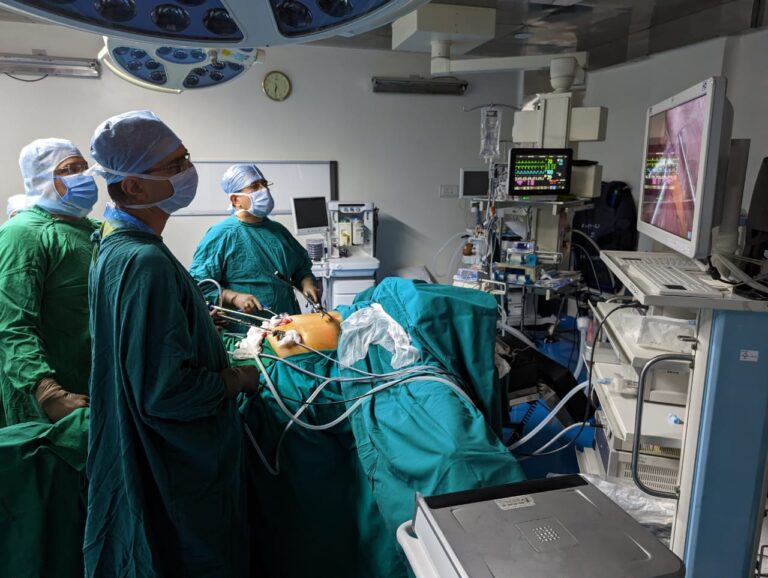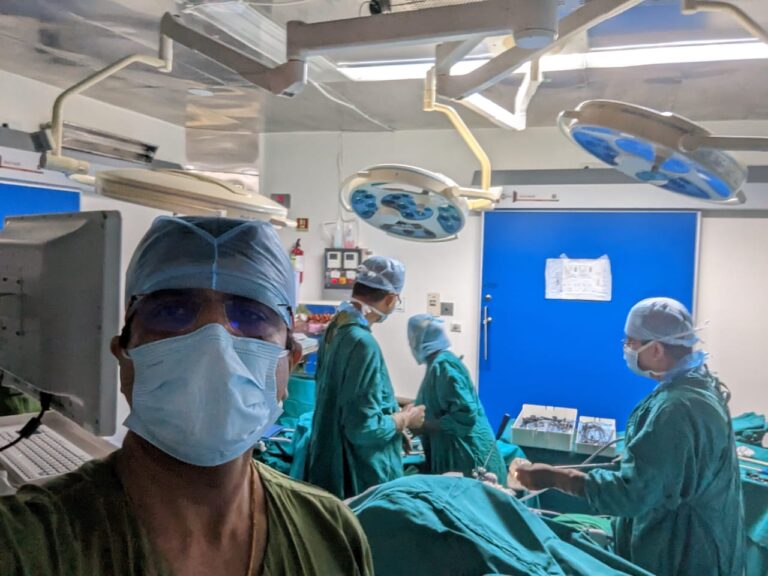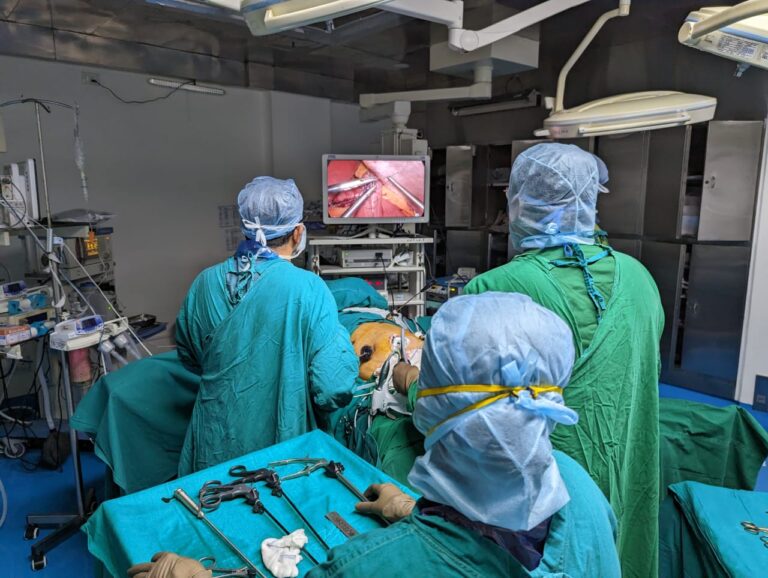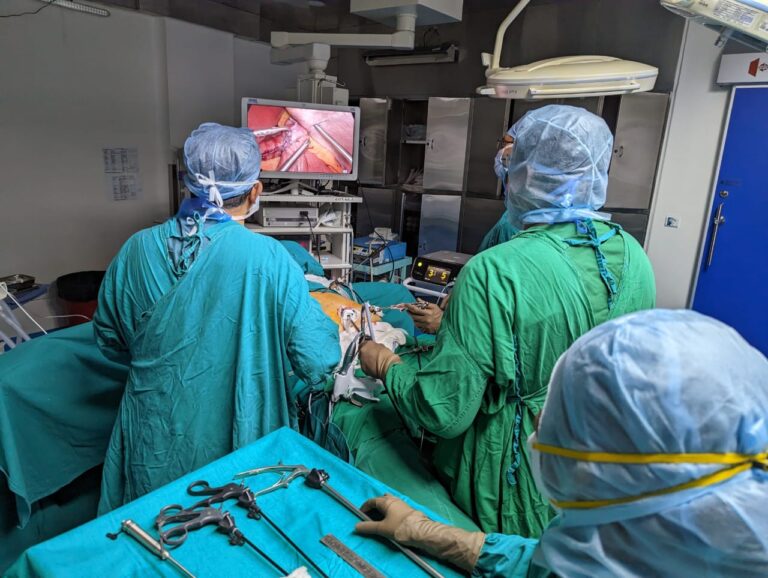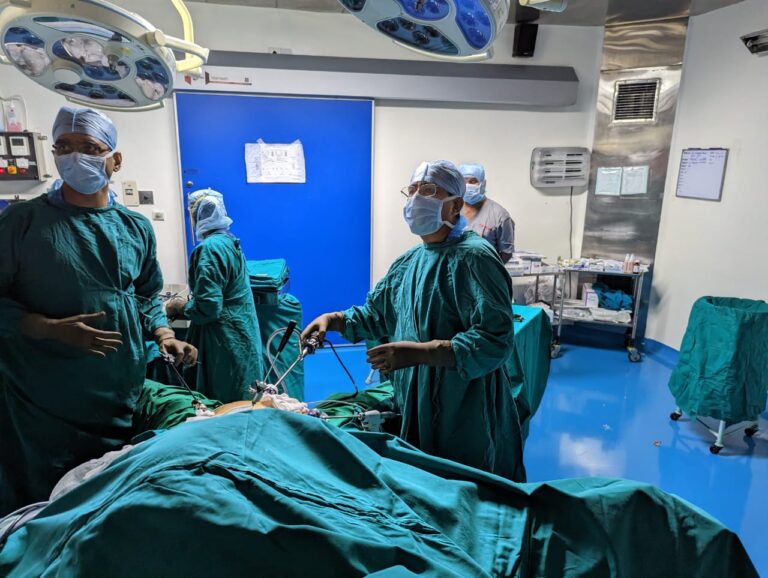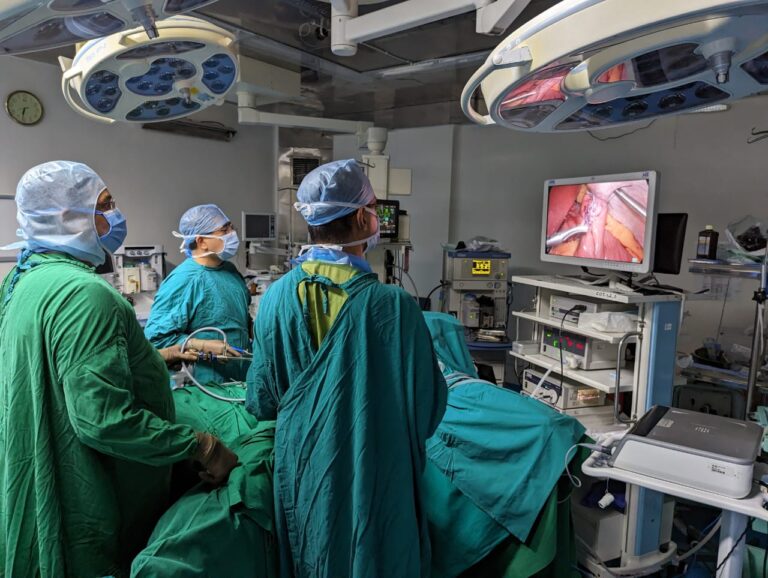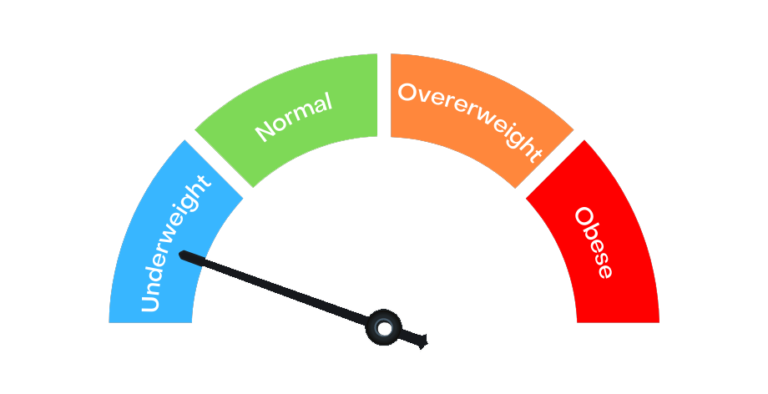

Bariatric Surgery in Breach Candy Hospital
Bariatric Surgery Means -
Obesity is one of the most ignored diseases in the world. The number of people with obesity is increasing every year and there is less awareness about obesity leading to other co-morbidities. One such solution to the obesity is weight loss surgery. Obesity gives birth to many diseases associated with Heart, Diabetes, Sleep Apnea, Hypertension, Knee Joint Pain, PCOS, Infertility, etc. When a patient does some weight loss these comorbidities also reduce.
Different types of surgeries undertaken for weight loss purposes are collectively known as Bariatric Surgery. In simple words, Bariatric Surgery reduces size of the stomach which in turn reduces the hunger hormone Ghrelin and appetite of the patient is reduced. Surgeon Doctor and his team of Dieticians undertakes certain medical assessment and then suggests to the patient the type of the Bariatric Surgery required. After Bariatric Surgery, patient needs to undertake healthy lifestyle and healthy eating habits in order loose weight and keep the healthy weight maintained.
Types of Bariatric Surgery
There are 3 main types of surgeries- Laparoscopic Sleeve Gastrectomy, Mini Gastric Bypass, Gastric Bypass Surgery. Laparoscopic Surgery is much safer. Laparoscope a small thin tube having camera fitted at the tip used and four small incisions are made.
There are 3 main types of surgeries- Laparoscopic Sleeve Gastrectomy, Mini Gastric Bypass, Gastric Bypass Surgery. Laparoscopic Surgery is much safer. Laparoscope a small thin tube having camera fitted at the tip used and four small incisions are made.
Laparoscopic Sleeve Gastrectomy-
Laparoscopic Sleeve Gastrectomy is a restrictive procedure without the malabsorptive component present in other bariatric procedures. It involves resection of two-thirds of the stomach to provide increased satiety and decreased appetite. The surgeon will make about five small cuts in your belly. He or she will do the surgery using a thin, long, telescope with a tiny camera at the end. Instruments pushed through the incisions will be used to remove the extra stomach which was not yours at the time of birth. Your surgeon will do the procedure using images on a TV screen in the operating room.
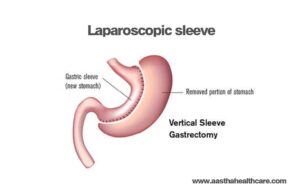
Mini Gastric Bypass Surgery-
The surgery is initiated by reducing the size of the stomach so that it requires less food. The stomach is converted into a long slender pouch up to the antral part by stapling.
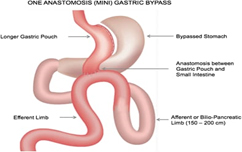
The second step of the surgery involves the creation of a bypass for food to flow from the new stomach pouch. A loop of small intestine is chosen depending upon the surgeon and the metabolic condition of the patient. The middle section of intestine is attached to the opening in the stomach pouch creating what is referred to as the “omega loop”. The loop enables food to bypass the lower stomach, duodenum, and a portion of the small intestine. At the end of the procedure, the incisions are closed with sutures.
Gastric Bypass Surgery-
Gastric bypass is also called Roux-en-Y gastric bypass. It is a type of weight-loss surgery that involves creating a small pouch from the stomach and connecting the newly created pouch directly to the small intestine. After gastric bypass, swallowed food will go into this small pouch of stomach and then directly into the small intestine, thereby bypassing most of your stomach and the first section of your small intestine.
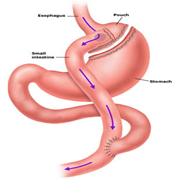
Gastric bypass is one of the most commonly performed types of bariatric surgery. Gastric bypass is done when diet and exercise haven’t worked or when you have serious health problems because of your weight.
By 2030, 27% obese patients will be from India across the globe. It is high time that we start taking obesity as a serious health problem and treat it scientifically.
Timing -
Day | Timing |
Monday | 8:00 am to 10:00 am |
Tuesday | 8:00 am to 10:00 am |
Wednesday | 8:00 am to 10:00 am |
Thursday | 8:00 am to 10:00 am |
Friday | 8:00 am to 10:00 am |
Saturday | 8:00 am to 10:00 am |
Sunday | 8:00 am to 10:00 am |


